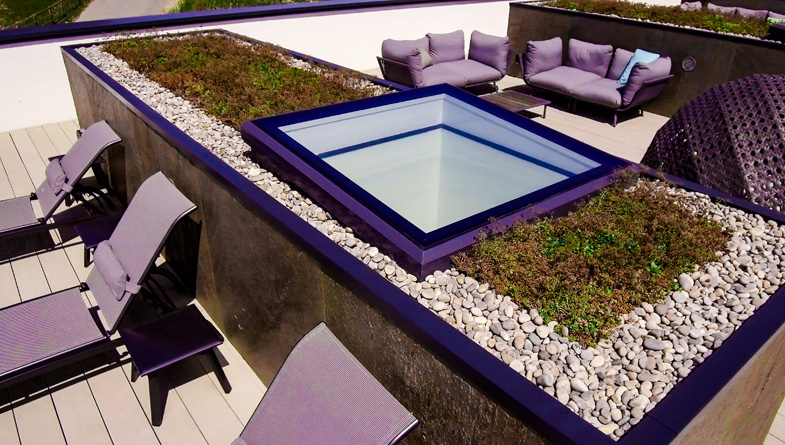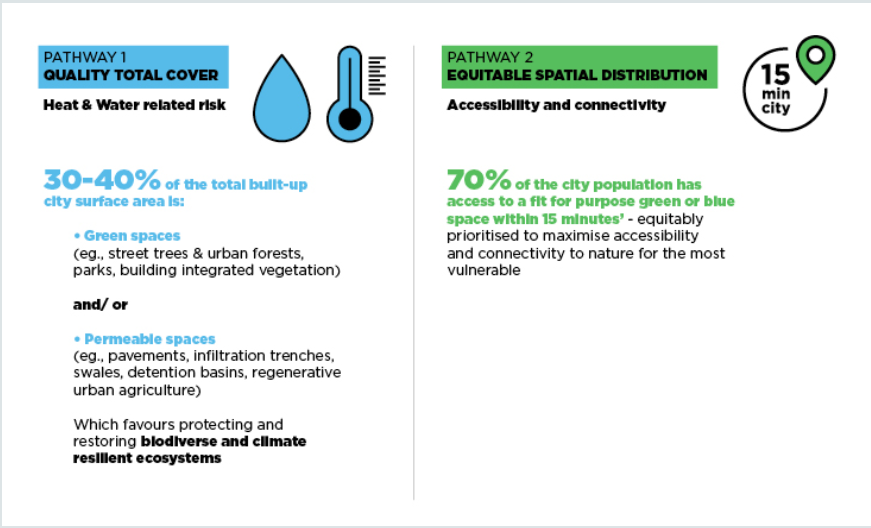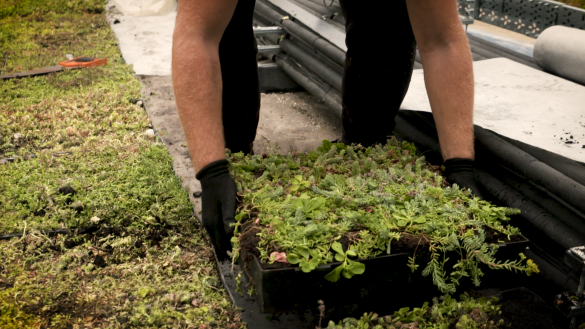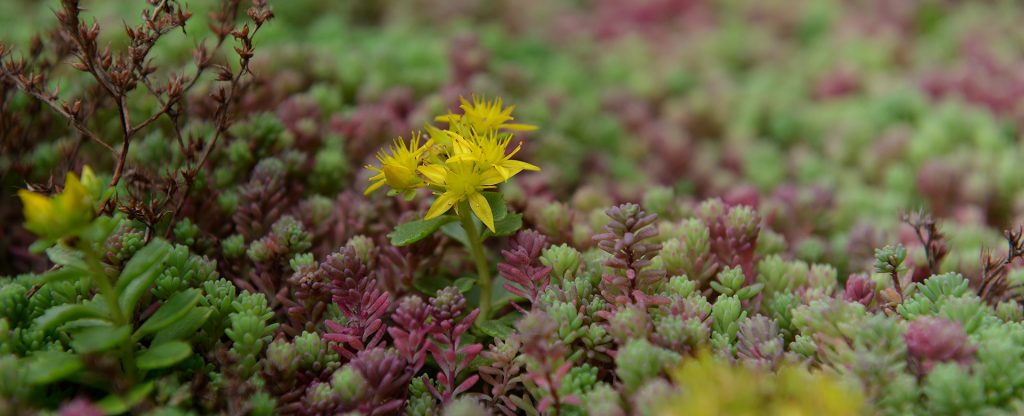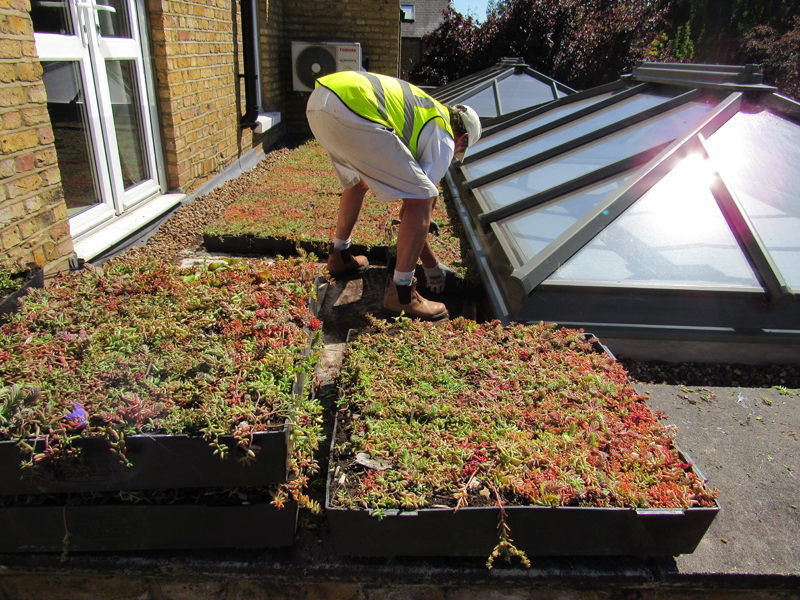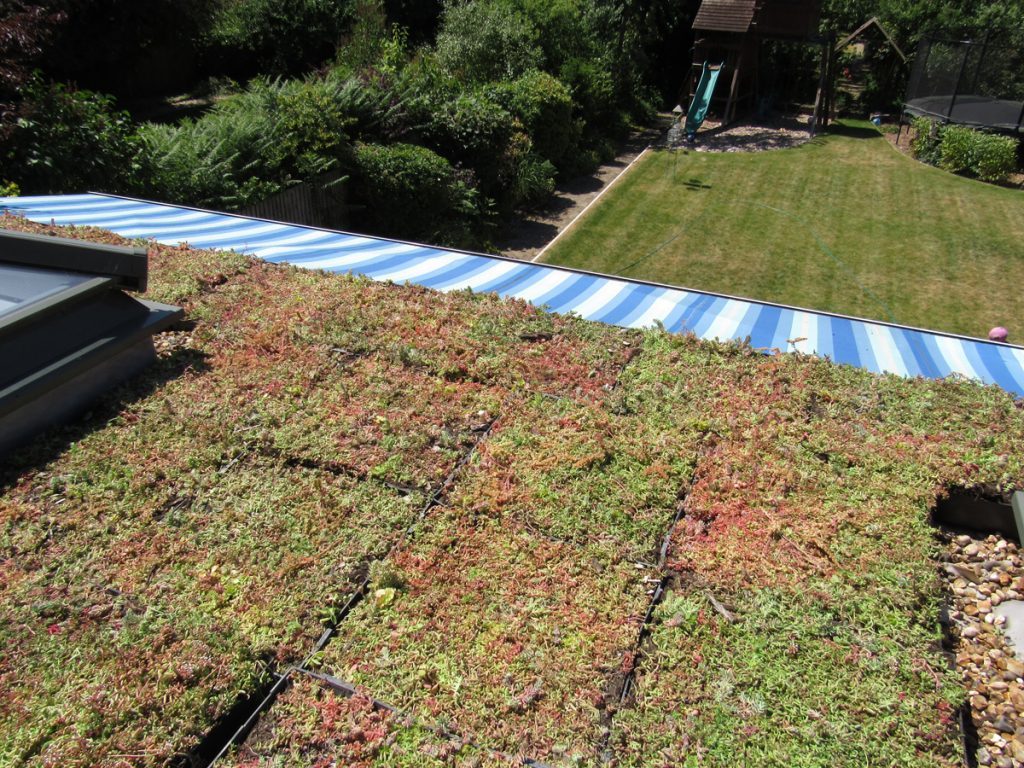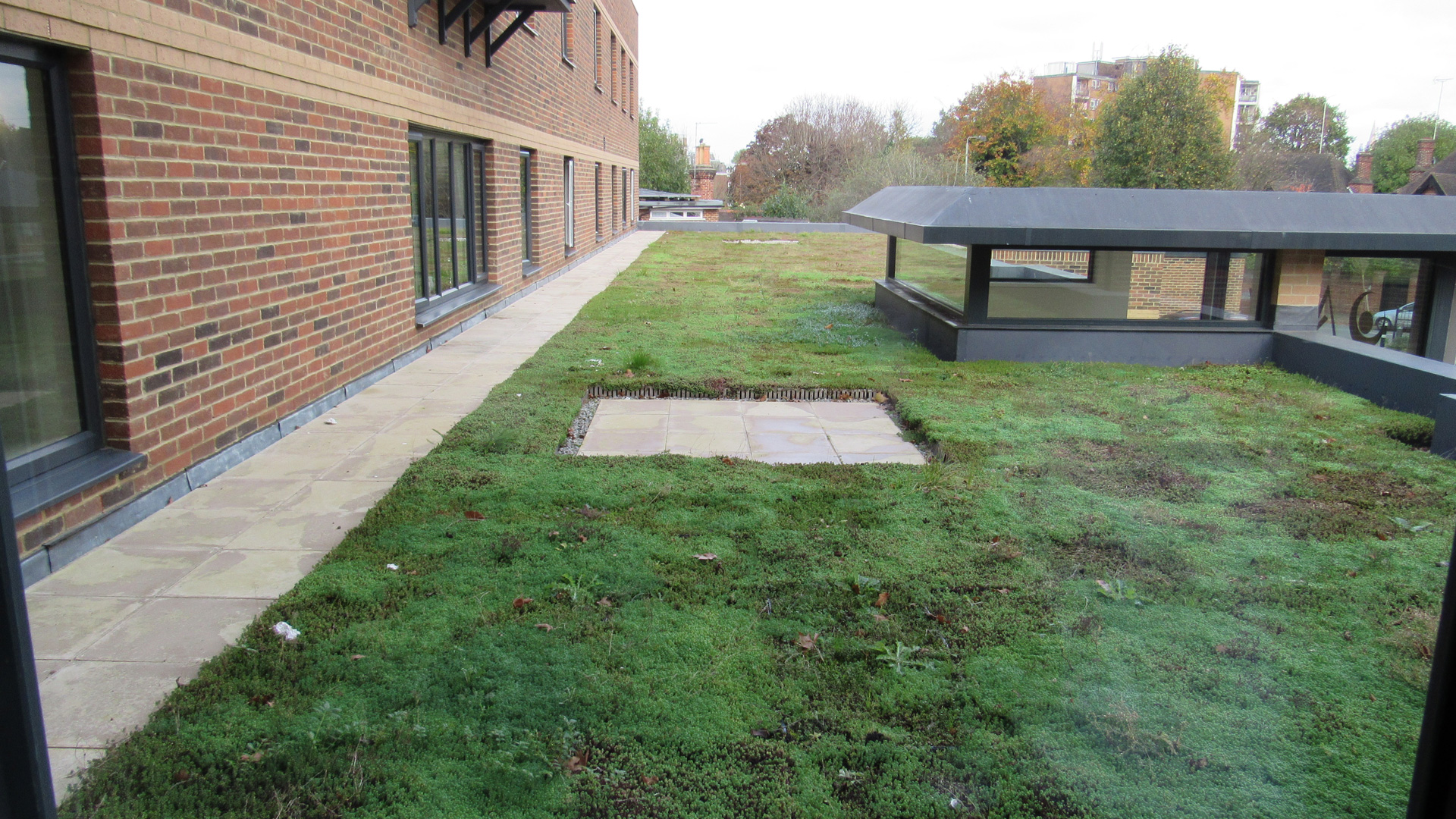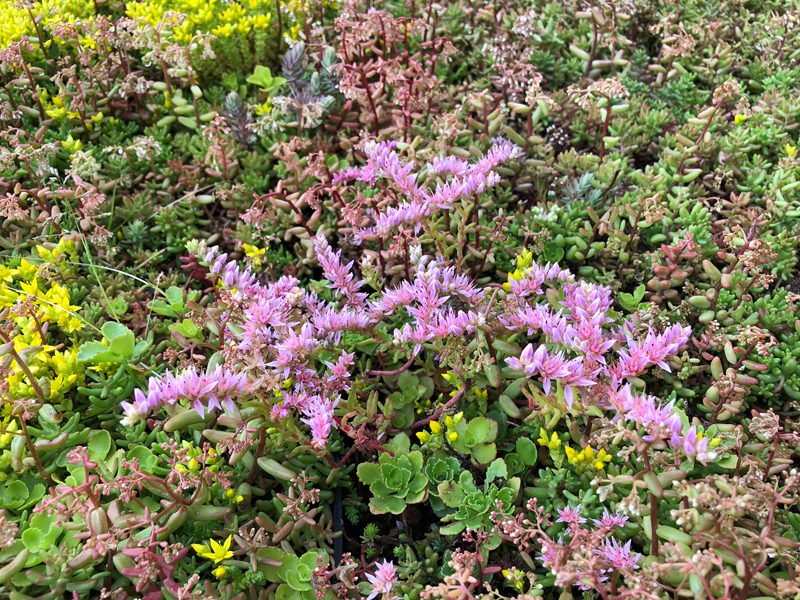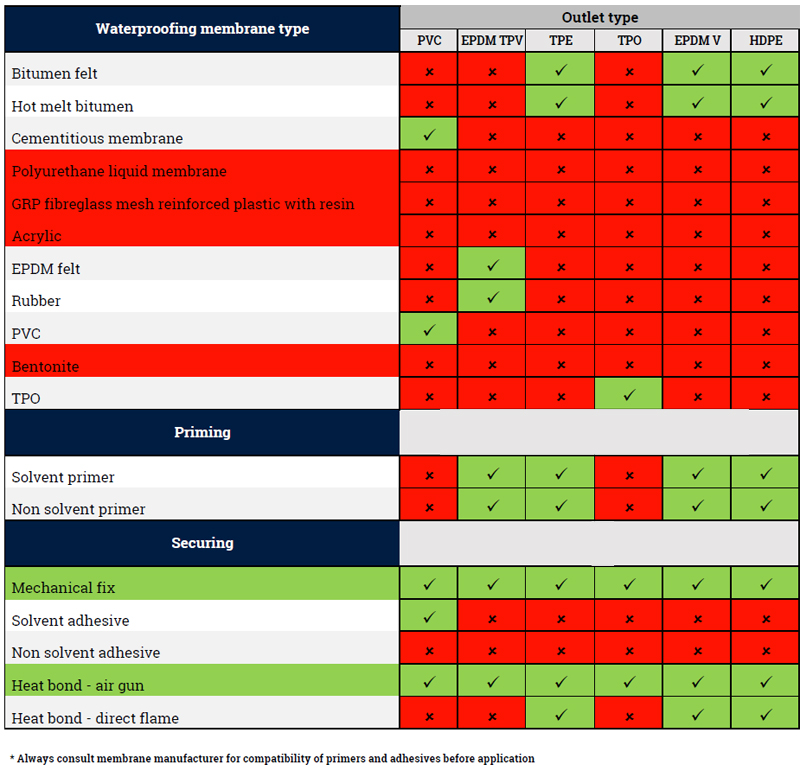Portland, OR, March 18, 2021 (GLOBE NEWSWIRE) — As per the report published by Allied Market Research, the global green roof industry generated $1.45 billion in 2019, and is projected to reach $4.19 billion by 2027, growing at a CAGR of 15.6% from 2020 to 2027. The report offers an in-depth market analysis, emerging market trends, and key strategies.
Rise in awareness regarding green roof systems, increase in the greenhouse effect, and growth in the residential construction sector augment the growth of the global green roof market. On the other hand, presence of substitutes and unfavorable climate conditions restrain the market growth. Nevertheless, tax benefits offered by the government to private industries to install green roofs are anticipated ot present lucrative opportunities for the market players in the approaching time.
Download Sample PDF (205 Pages with More Insight): https://www.alliedmarketresearch.com/request-sample/9147
Covid-19 scenario:
- The outbreak of Covid-19 pandemic led to the shutdown of the manufacturing activities of green roof systems during the initial phase.
- The pause in international trade, ceased construction projects, and disruption in the supply chain further impacted the green roof market.
- Nevertheless, various regions have now entered recovering phases, as the government bodies have eased off the regulations to maintain economic benefits. With this the market is anticipated to recoup soon.
The report analyzes the market based on type, distribution channel, application, and region. Based on type, the extensive segment held the largest market share in 2019, with nearly four-fifths of the global green roof market. However, the intensive segment is expected to showcase the highest CAGR of 17.0% during the forecast period.
Get detailed COVID-19 impact analysis on the Deep Hole Drilling Machines Market Request Here
Based on application, the commercial segment accounted for highest market share in 2019, contributing to nearly two-thirds of the global green roof market. On the other hand, the industrial segment is anticipated to manifest the highest CAGR of 17.1% during the forecast period.
Based on region, the market is studied across numerous region including Asia-Pacific, Europe, LAMEA and North America. The region across Asia-Pacific is projected to register the fastest CAGR of 18.3% during the forecast period. On the other hand, the global green roof market across Europe dominated with largest share in 2019, contributing to nearly two-fifths of the total revenue of the market.
For the full story, please click here.
